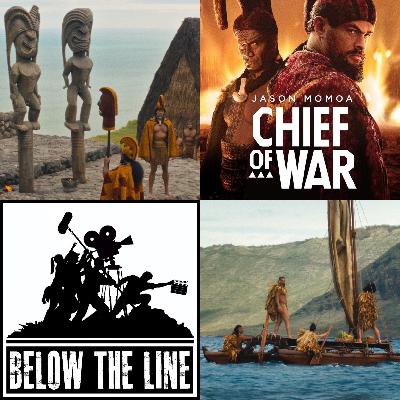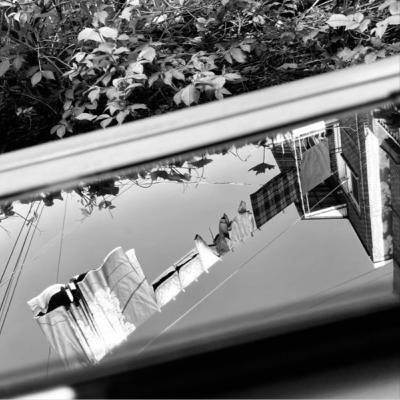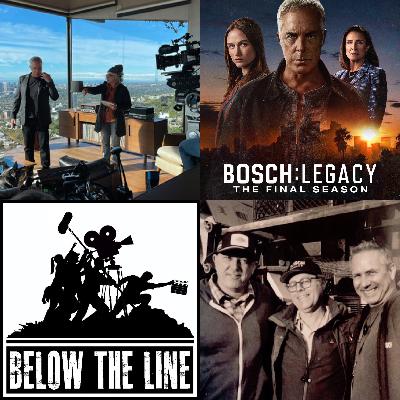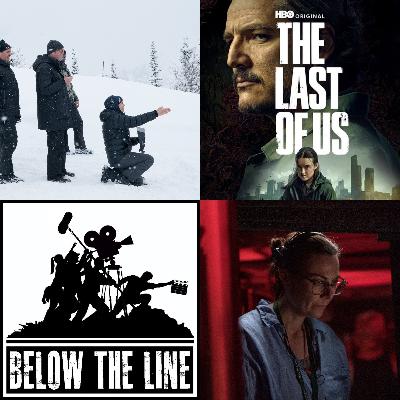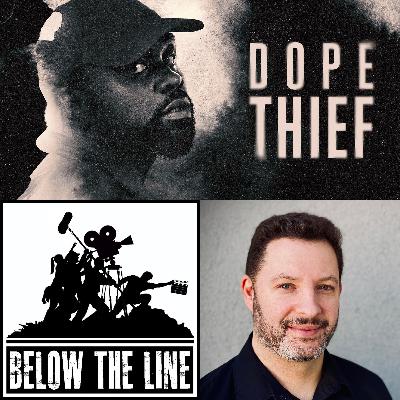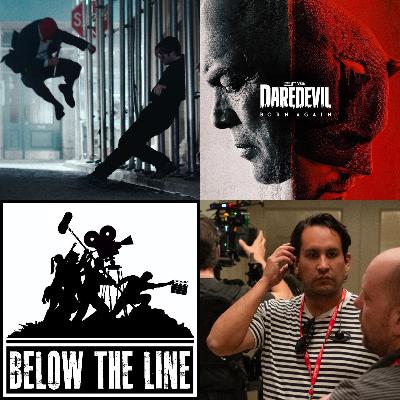S25 - Ep 1 - Chief of War - Production Design
Description
How do you design a world that honors Hawaiian history while telling a story on a global stage? For Production Designer Jean-François Campeau, the answer was equal parts creativity, cultural respect, and collaboration.
This week on Below the Line, Skid is joined by Jean-François “JF” Campeau, Production Designer of Chief of War, the Apple TV+ historical drama starring Jason Momoa. Two special guests from the Smithsonian Institution add their perspectives: Kalewa Correa, Curator of Hawaiʻi and the Pacific at the Smithsonian Asian Pacific American Center, and Halena Kapuni-Reynolds, Associate Curator of Native Hawaiian History and Culture at the National Museum of the American Indian.
We cover:
- JF’s first reaction to the project — both inspired and intimidated by the cultural weight of the story
- Research at the Bishop Museum and working closely with Hawaiian and Māori cultural advisors to ground the sets in authenticity
- Constructing major builds like temples, strongholds, and the bone tower — with blessings and protocols woven into the process
- Carving sacred objects from authentic materials, including shipping an ʻōhiʻa tree from Hawai‘i to New Zealand for sculpting
- Collaborating with Pacific artisans on woven mats, sails, and canoes that carried both cultural and cinematic weight
- Blending Hawaiian and New Zealand landscapes, balancing cultural similarities with visual continuity challenges
- Jason Momoa’s insistence on filming battle sequences on real Hawaiian lava fields — including a shoot delayed by Mauna Loa’s eruption
- Capturing the gravity of historically significant moments, like the Olowalu massacre carried out under Captain Simon Metcalfe, with sensitivity to sacred ground
- JF’s personal reflections on how the project changed him, and the values he carried forward from working alongside Native Hawaiian and Māori communities
The conversation also touches on recommended resources for further learning, including Ke Kumu Aupuni: The Foundation of Hawaiian Nationhood by Samuel Kamaka and Fragments of Hawaiian History by John Papa Iʻi, suggested by our Smithsonian co-hosts.
Through every set, carving and detail, Chief of War builds a conversation between past and present — one that honors place, people, and story alike.
🎧 Press play and go Below the Line on Chief of War. For more, visit belowtheline.biz.

